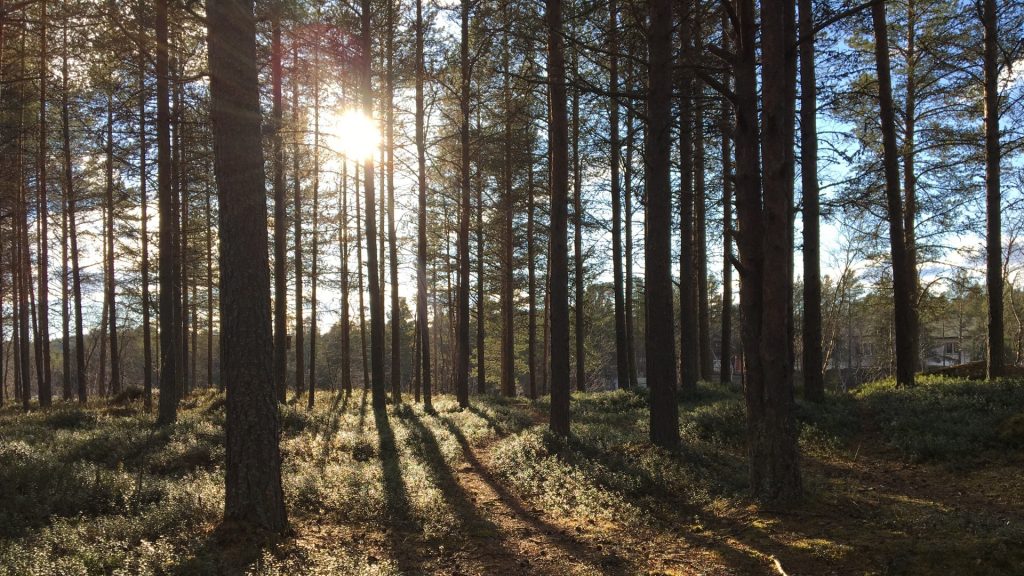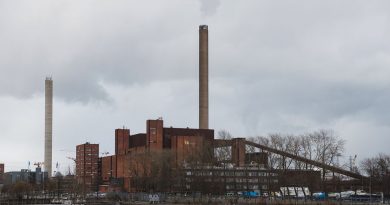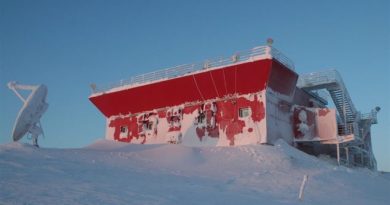Lapland hit by unusually warm and sunny July

Finland’s northern Lapland region saw a notably warm and sunny July, standing out from even from the warmer days experienced in the rest of the country, the Finnish Meteorological Institute (FMI) said.
“July was warmer than usual throughout the country,” the agency said in a statement. “Depending on the observation station, Northern and Central Lapland was unusually or even exceptionally warm.” (Meteorologists label a weather event “exceptional” if it happens only three times or less in 100 years, and “rare” if it occurs less than once every ten years.)
The northern regions, like Kevo—a remote village in Finland’s Far North—saw an unusual number of hot days, with temperatures rising above 25 degrees Celsius on 14 occasions. This contrasted with the southern and central parts of the country, where July temperatures although warmer, remained more typical.
Coldest July temperature in Finland’s records
Lapland didn’t just stand out in terms of heat; it also saw some record lows.
On July 26, Hiekkapakka in southeastern Finland hit the month’s highest temperature of 30.4 C.
Meanwhile, Saariselkä in Inari and Naruska in Salla—both located in Lapland—plummeted to 2.4 C, marking the coldest July temperatures in Finland’s digitized records since 1959.

In the rest of Finland, weather was less extreme. Southern and central regions experienced average temperatures ranging from 17 to 19.5 degrees Celsius. Rainfall was notably higher in the northern and central parts, with the most rain recorded at Vaasa Klemettilä with 157.4 mm. Meanwhile, Fagerholm in Parainen, located in the southwest, saw the least rainfall at 37.1 mm.
Sunshine hours varied as well.
Northern areas like Kevo and Tähtelä in Sodankylä enjoyed more sunshine than usual, while southern regions saw fewer sunny hours.
Overall, Finland experienced a drop in lightning strikes, with around 38,000 recorded in July, down from previous years.
Comments, tips or story ideas? Contact Eilís at eilis.quinn(at)cbc.ca
Related stories from around the North:
Canada: Be wary of thin ice amid mild weather conditions, says hunter in Fort Smith, N.W.T., CBC News
Finland: Military exercise apparently disrupts weather images from Lapland, Yle News
United States: Arctic weather satellite leaving Europe for June launch in U.S., Eye on the Arctic



